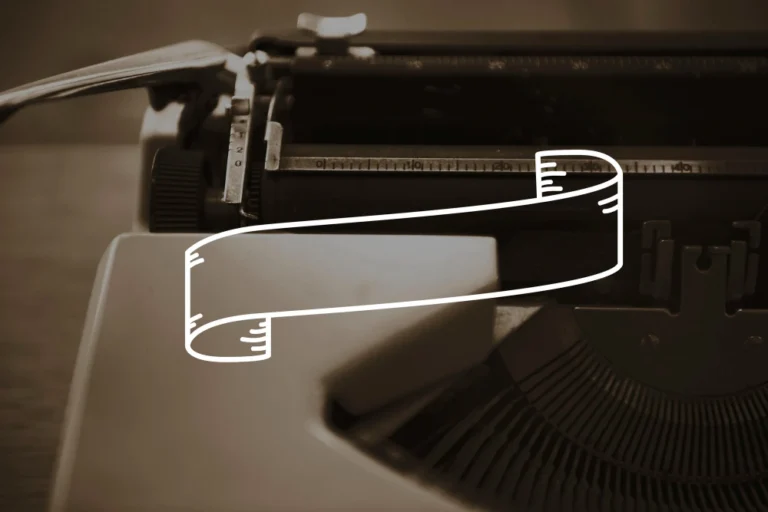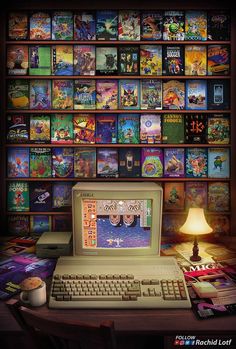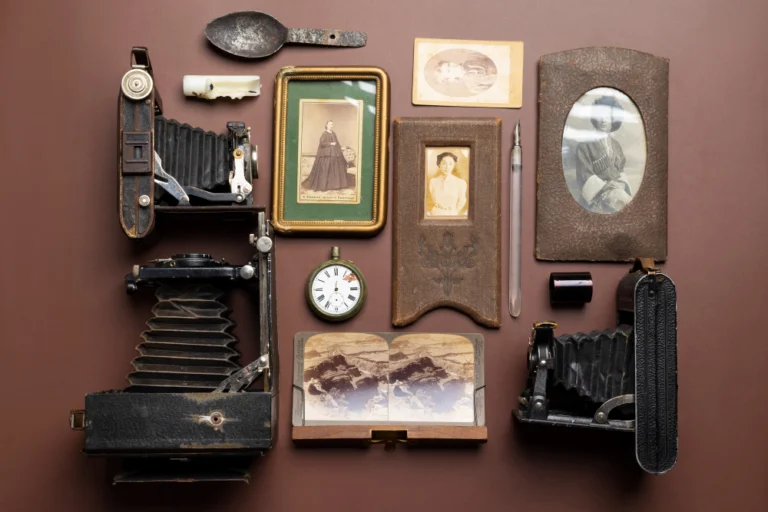
In the fast-moving world of smartphones, AI, and cloud computing, it’s easy to forget the humble beginnings that brought us here. But when we look back at the firsts in tech: from mouse to modem, we uncover a fascinating journey of invention, curiosity, and groundbreaking progress. The history of technology innovations isn’t just about sleek devices—it’s a story of ideas that revolutionized how we live, work, and connect. From the first computer mouse invention to the game-changing modem that made digital communication possible, early tech gadgets shaped the very foundation of modern computing. This post explores the brilliant breakthroughs that moved us from analog to digital and celebrates the origin stories of the tools we now take for granted.

1. The Dawn of Innovation: A Brief History of Technology Innovations
Long before high-speed Wi-Fi and smartphones, technology evolved slowly, shaped by visionaries who dared to imagine what didn’t yet exist. The history of technology innovations spans centuries, but the pace of change skyrocketed in the 20th century.
- Mechanical to Electronic: The shift from mechanical adding machines to electronic computers in the mid-1900s marked a turning point.
- The 1940s-50s: This era saw the creation of ENIAC and UNIVAC, early computers that filled entire rooms and performed simple calculations.
- The 1960s-70s: Innovations began moving toward user-friendly interfaces, smaller hardware, and interactive tools—laying the groundwork for personal computing.
Each breakthrough laid another stone on the path to today’s digital world. But some of the most essential firsts—like the mouse and modem—sparked entirely new ways of interacting with machines.
2. The First Computer Mouse Invention: Clicking into the Future
Few objects are as iconic in the world of computing as the mouse. Before touchscreens and voice commands, the mouse was the bridge between humans and machines. The first computer mouse invention dates back to 1964, when Douglas Engelbart, a researcher at Stanford Research Institute, created the first prototype.
Key Features of the Original Mouse:
- Made of wood
- Two perpendicular wheels for tracking movement
- A single red button
Engelbart’s invention was part of a larger system known as the ON-Line System (NLS), which also introduced video conferencing, hypertext, and collaborative computing.
At the time, the mouse didn’t get much recognition. It wasn’t until the 1980s, when Apple released the Macintosh, that the mouse became a standard input device for personal computers. This moment in the history of the first tech gadgets that shaped modern computing proved that even the simplest tool can revolutionize user interaction.
3. From Beeps to Broadband: How the First Modem Changed Digital Communication
Equally transformative was the modem, short for modulator-demodulator. Bell Labs developed the first modem with the ability to transmit digital data over telephone lines during the latter part of the 1950s. This early model, the Bell 101 modem, could transmit data at a blazing speed of 110 bits per second—a far cry from today’s gigabit connections.
Why Modems Mattered:
- They enabled computers to “talk” to each other over long distances.
- Made possible early remote data access, allowing researchers to share information.
- Paved the way for the internet, long before it became mainstream.
Throughout the 1980s and into the 1990s, the adoption of modems for home use became increasingly commonplace. The “screeching handshake” sound of a dial-up modem connecting became synonymous with going online. The impact of how the first modem changed digital communication cannot be overstated—it shifted computing from isolated machines to a connected world.
4. Analog to Digital Transformation: A Technological Turning Point
Much of the transformation in computing hinges on the shift from analog systems to digital ones. The analog to digital transformation began in the mid-20th century and still shapes how we process, store, and share information.
Analog vs. Digital:
- Analog: Continuous signals; vulnerable to noise and distortion (e.g., cassette tapes, vinyl records).
- Digital: Discrete binary signals (0s and 1s); more efficient, compact, and accurate.
Key moments in this transformation included:
- The invention of the transistor in 1947
- The invention of the integrated circuit, which occurred during the 1950s, was a pivotal moment in technology
- The rise of digital storage formats like CDs, DVDs, and eventually SSDs
This evolution allowed for faster processing, smaller hardware, and scalable systems. Without the analog to digital transformation, today’s smartphones, streaming services, and AI models wouldn’t be possible.

5. History of the First Tech Gadgets That Shaped Modern Computing
What gadgets were truly game-changing? Here’s a look at the history of the first tech gadgets that shaped modern computing, many of which paved the way for today’s digital tools.
1. The Altair 8800 (1975)
Often credited as the first personal computer, it came as a DIY kit with switches for input. It inspired young entrepreneurs like Bill Gates and Steve Jobs to dive into software development.
2. The Osborne 1 (1981)
The first portable computer—a 24-pound machine with a built-in screen and floppy drives.
3. Apple Macintosh (1984)
It was the first computer to achieve widespread commercial success, primarily because it offered a visual interface and could be operated with a mouse. It introduced computing to the general public in a user-friendly way.
4. Sony Walkman (1979)
Not a computer, but a personal gadget that introduced the idea of tech you could carry with you—laying the groundwork for mobile devices.
5. PalmPilot (1996)
An early personal digital assistant (PDA) that helped users manage contacts, notes, and calendars—an ancestor of the modern smartphone.
Each of these gadgets represented a first: in portability, accessibility, or interaction—and their legacy lives on in every app and device we use today.
6. Modems, Mice, and the Internet Revolution
Let’s circle back to our title—from mouse to modem. These two inventions weren’t just hardware innovations—they were catalysts.
- The mouse brought visual, hands-on interaction to computing. No more command lines—just point and click.
- The modem enabled information sharing, turning computers from isolated machines into nodes in a global network.
Together, these tools transformed the user experience. They were precursors to the Graphical User Interface (GUI) revolution and the rise of networked computing. The early 90s internet boom wouldn’t have happened without these foundational techs.
7. Cultural Impact of Early Tech Innovations
Beyond technical progress, these early devices influenced culture and behavior. The first computer mouse invention led to entire generations learning how to navigate digital environments visually. The modem allowed for the rise of chatrooms, online forums, and multiplayer gaming.
Tech in the Home
Before the mouse and modem, computers were workplace tools. After them, computers became household essentials—used for gaming, learning, shopping, and socializing.
Rise of the DIY Tech Community
In the 70s and 80s, computing was a hands-on hobby. People built machines, programmed BASIC, and exchanged floppy disks. This can be seen as the genesis of both the hands-on “maker” culture and the collaborative open-source movement, two forces that continue to thrive today.
8. Lessons from the Pioneers of Tech
The inventors behind these “firsts in tech” weren’t motivated by money or fame—they wanted to solve problems. Engelbart’s mouse wasn’t just about controlling a cursor—it was about augmenting human intellect. Bell Labs’ modem wasn’t just about data—it was about connection.
Their stories remind us that innovation is often about making things easier, more human, more accessible. In many ways, the tech landscape we enjoy today owes its very soul to their vision.
9. Looking Back to Move Forward
As we dive into cutting-edge innovations like AI, quantum computing, and brain-computer interfaces, it’s important to remember where we started. The firsts in tech: from mouse to modem were more than just gadgets—they were the beginning of a digital renaissance.
Today’s sleek, wireless world may feel lightyears ahead of wooden mice and dial-up tones. But those early tools taught us to think differently, connect more deeply, and dream bigger.
Why It Matters
- Innovation builds on history: Every modern tool has roots in early inventions.
- Appreciating simplicity: Those early devices did a lot with very little.
- Human-centric design: The best tech makes life easier and more connected.
Conclusion: Honoring the Digital Trailblazers
From the first computer mouse invention to how the first modem changed digital communication, the history of technology innovations is a tapestry of brilliant ideas stitched together over decades.
The analog to digital transformation opened doors to possibilities we’re still exploring. And the firsts in tech: from mouse to modem weren’t just technical marvels—they were cultural milestones.
As we continue to innovate, let’s not forget these beginnings. Let’s remember the sound of a modem dialing in, the click of a two-button mouse, and the thrill of seeing your first cursor move across the screen.
The next time you swipe on your smartphone or upload to the cloud, take a moment to thank the pioneers who made it all possible—from mouse to modem and beyond.






